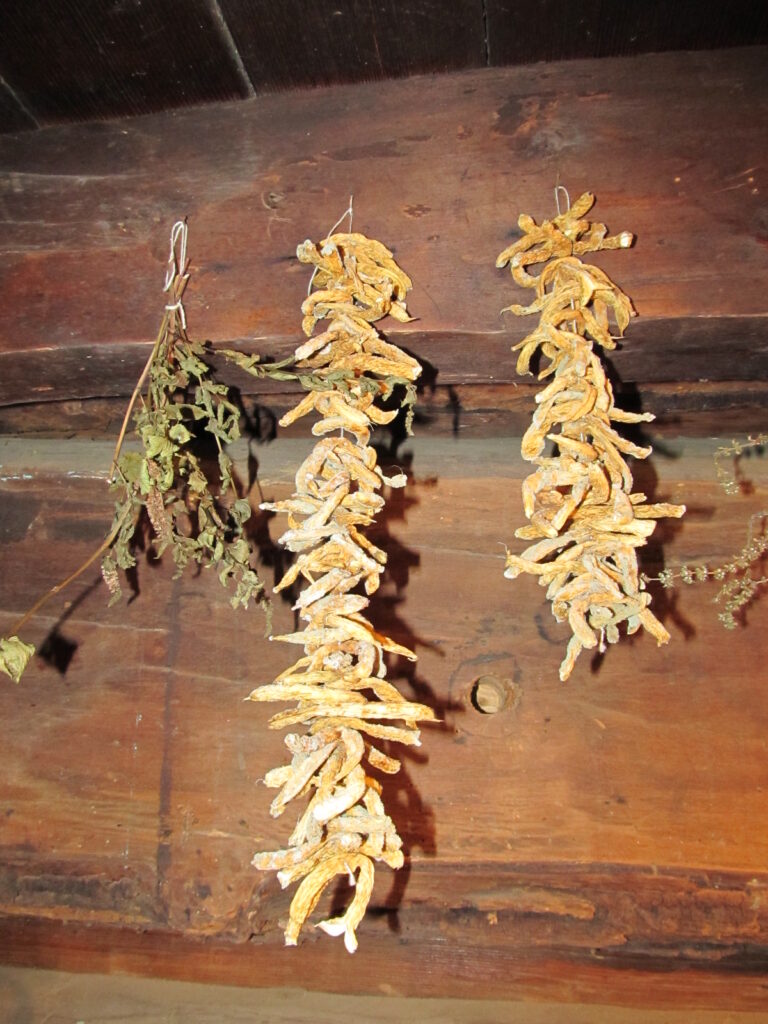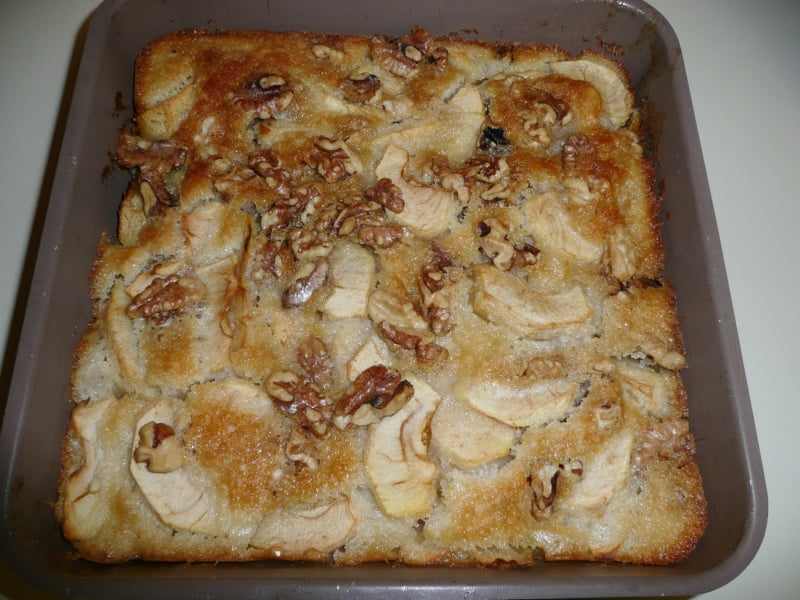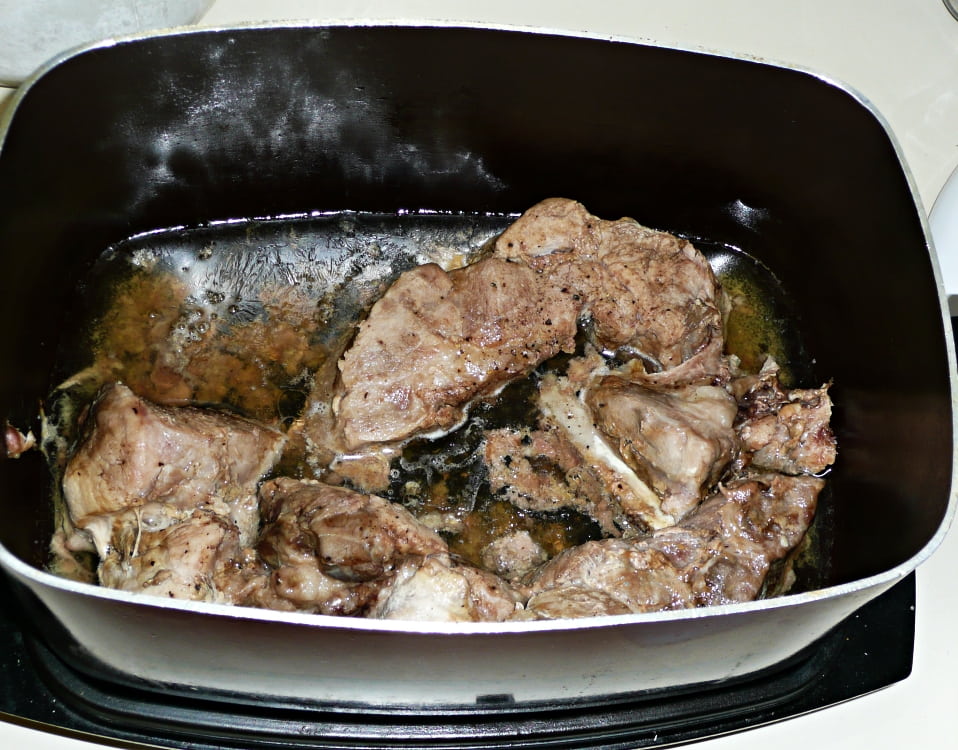FEBRUARY WAS ALWAYS THE WORST
Alas, I’ve managed to dilly and dally to the point what you are getting for February isn’t arriving until March. It seems these days the more I try to get ahead the further I actually get behind. Actually, it’s a bit simpler than that. I’ve got a lot of work on my plate and have always had a pronounced penchant for getting bogged down in something. Right now that’s a project I’ve had in the works for a long time, a book profiling roughly three dozen individuals from the Great Smokies and Blue Ridge who, collectively, represent what I consider many of the most notable characteristics of mountain folks from yesteryear. I’ll keep you update but hope to have a finished manuscript ready to go off to a potential publisher in the next couple of months. Meanwhile, forgive me for being late and rest assured I’m delighted if you simply continue to read this newsletter and find it brings a bit of meaning or joy.
*********************************************************************************

During my boyhood a variety of factors influenced me in reaching a conclusion that February was the least likable of all the months. One reason was weather, and the situation as these words are being written offers a perfect example. It has rained off and on for the last 24 hours and similar weather is predicted for the next 24. There’s a flood warning from the National Weather Service and the grey, grim day is enough to dampen any spirits not already forced into that situation by actual rain. Grandpa Joe’s oft-expressed thought that the month was the shortest of the year “because a body couldn’t endure any more of it” held a lot of folksy wisdom, as did much of what he had to say. Then there was the reality of small game seasons coming to an end, and the opening of trout fishing season lay two months down the calendar’s road (in those days there was no trout fishing in fall or winter). School had long since lost its charm and most days the weather was so rotten playground time had to held inside. Still, there was always brightness on the horizon, and sometimes there would be a couple of days towards the end of the month giving a hint of the glories of spring lying not too far distant. To me that’s probably one of the two best ways to deal with February; namely, looking ahead to better days. The other is to look back with longing, and I do my fair share of that and then some.
In that regard, over the past few months, in a weekly newspaper column, I’ve spent considerable time reflecting on lessons learned and the importance of examples from adults I observed during my youth. Here are some of them, and I guess you could say that they represent a start towards what for me was a guide to how to live one’s life.
*”Make do with what you’ve got.” This was commonplace and is in essence just plain common sense. There was a lot my family, and for that matter, most everybody I knew, didn’t have during my youth. You didn’t whine, rely on welfare, or seek an unemployment check. You just went ahead in as sensible and frugal a fashion as you could.
*”If you ain’t got it, do without it.” This was regularly offered together with the previous statement, and the underlying message was you couldn’t always have what you wanted, and since that was the case, there was no real reason to carry on about not having it.
*”Waste not, want not.” Mountain folks of my youth were masters at recycling and optimal utilization before such terminology came into common usage. My father never, ever threw away a screw, bolt, nut, nail, washer, or indeed anything made of metal. Similarly, pretty much any sawn scrap piece of timber might have some future use. His concept of “savings” went far beyond money in a bank.
*”God helps those who help themselves.” The implications here are quite clear. Dependency serves no one well. You are more likely to get divine help, and for that matter assistance from those about you, if you show initiative on your own.
*”Root hog, or die.” In other words, make an effort, and not just any effort but a determined one, if you plan to get by in life.
*”The road to hell is paved with good intentions.” Again, the message here is pretty obvious. It’s one thing to say you plan to take a positive course of action or “intend” to do something. Actually accomplishing it is another thing entirely. Also, although likely few if any of the folks I grew up around would have recognized the term “Protestant ethic,” most of them believed it. That belief, one that equated hard, honest work with living a good, meaningful life, was in effect the opposite of thoughts on how to take a fast track to hell. It translated to a deeply seated feeling, or call it a belief if you wish, that honest, hard work was a key factor in getting to Heaven.
“He’s a promising man. He’ll promise you anything.” Reference to individuals of this sort meant that they simply couldn’t be trusted. They were “long on say and short on do.”
“He’s tighter than Dick’s hatband and would charge his Momma a nickel for a glass of water.” Frugality was an accepted and admired way of life, but when it carried over to outright tightness it drew general disapproval. On the other hand, our next-door neighbors when I was a boy offered prime examples of rigid adherence to watching every penny. They were so tight that when they had toast and egg for breakfast that meant a half piece of bread and half an egg each. Yet their contributions, monetary and otherwise, to the community ran well into six figures. They “put their money where their mouths were” and did it in the firm belief that hard-earned dollars should be saved but, when the need was there and the cause was right, they should be spent not for personal gratification but for the greater good.
*”In the end, good deeds are rewarded.” Of course I also often heard “No good deed goes unpunished,” but the prevailing attitude of the time (this was the 1950s) was that a good person who did good things reaped the benefits–maybe not in a financial sense but in fuller, more meaningful ways.
There were other adages connected to daily life, many of them, but almost without exception they followed the same general path. It was one focused on working hard, doing good, caring for others as well as one’s self, and living a life that defined being a solid citizen. By no means did every adult surrounding me during boyhood follow such a pattern, but in varying degrees the vast majority did. Moreover, they had a collective sense of togetherness and pride. I hope I’m wrong, but my personal observations lead me to believe that most of these qualities and guides to life lack the shine of yesteryear and that folks who follow them are a vanishing breed.
***********************************************************************************
JIM’S DOIN’S
For once, and it’s an unusual state of affairs for me, I’m more or less caught up on magazine writing assignments, and I’m trying to take a bit of advantage of the situation to get ahead. That means doing some assignments early, getting my heels dug in a bit deeper on a couple of book projects I’ve worked on periodically over reason years, and doing some work outside as weather conditions permit. A shameful lack of sustained energy notwithstanding, I take great comfort from piddling around with plants and the three acres surrounding my home and I also hope to do some gardening. Mind you, the days of planting an acre of vegetables and canning, freezing, drying, and sharing with a whole host of folks are long behind me (and of course my late wife, who cared more than a fair share of the load for such endeavors, is gone). Still, my mind says “Hurry up Spring” every time I’m outside working.
On the writing front, recent publications include “The Grandfather Factor,” Carolina Mountain Life, Winter, 2023/24, pp. 69-70; “Traditional Mountain Drinks,” “Smoky Mountain Living” (on-line), 1-12-2024 (reprint of magazine article of Feb., 2020; “John Madson: Songbird and Scribe of the Tallgrass Prairie,” Sporting Classics, Jan./Feb., 2024, pp. 113-19; “Dried Beans Mean Hearty Eating,” Smoky Mountain Living, Feb./Mar., 2024, pp. 16-19; “The Delight of Fruit Salads,” “Smoky Mountain Living” (on-line), Feb. 10, 2024: and “Mollygrubs to the Rescue!” in “Sporting Classics Daily” for Feb. 23, 2024. Then of course there are my weekly contributions to the Smoky Mountain Times in my “Mountain Musings and Memories” column. More noteworthy, at least in terms of likely longtime impact, is the publication of a recent book for which I wrote the Foreword. This is Brent Rogers, Yelp & Gobble, Inc.: How Restoring the Wild Turkey Spurred on a Game Call Innovation Boom. The book’s somewhat cumbersome title doesn’t fully tell what comprises the contents. It offers detailed coverage of three major names in callmaking in the last four or so decades—Knight & Hale, Primos, and Quaker Boy—and with sections on two influential figures in call design. There are photos aplenty, interviews with Harold Knight, David Hale, Will and Jimmy Primos, and the family of Dick Kirby, and considerable insight into what is a collective story of success. I have a few copies at $40+$6 shipping, signed and inscribed by the author and me, if you’d like to order one.
*********************************************************************************
RECIPES
COMFORT FOODS
This time of year, I invariably get a hankering for what Momma often called “comfort foods.” Her thoughts in that regard ran primarily in the direction of soups, stews, or other stick-to-your-ribs offerings of a decidedly hearty nature. As someone who has always had a sweet tooth and, alas, now carries the avoirdupois attesting to the fact, my idea of comfort has often run in the direction of desserts. Here’s a sampling that mixes Mom’s nourishing dishes with some of my favorites sweet treats. All share one thing in common—they harken back to standard fare of my youthful days.
CHICKEN STEW
In my youth we had what could have been called either chicken soup or chicken stew—the dividing line was and remains unclear to me. One thing for sure, both feature plenty of chicken along with a variety of vegetables and undeniable heartiness. My approach to chicken stew is rather close to what Momma and Grandma Minnie did with one significant difference—they used leftover meat stripped from the carcass of a baking hen that had been the feature of a main meal (often celebratory in the tradition of chicken being “preacher meat”) the day before. Saved stock would also be part of what went in the pot. My approach is a bit different. I buy a roasted chicken (usually from the local Sam’s, where $4.99 gets you a decent-sized bird all cooked and ready to eat), have a hot meal from it, maybe some sandwiches, and then use the leftovers for stew.
I simply strip and shred the meat and put it in a large stew pot, then add chicken broth (I actually make my own stock most of the time and freeze it until needed), spices to taste, and whatever vegetables I happen to have handy—onions, celery, carrots, green peas, and potatoes are the most common, although sometimes lima beans or crowder peas figure in the scrumptious mix. Everything is slow cooked, barely simmering, for several hours. I’ll add water if needed. The end result, maybe partnered with cathead biscuits or Texas toast, along with some fruit or a salad, provides a mighty fine meal. Leftovers freeze quite well.
MULE EARS

A colloquial description for fried pies, with half moon pies being another, mule ears are an easily prepared dessert that often served as a snack in mountain eating from yesteryear. Momma and Grandma Minnie made them in almost exactly the same fashion. They began by preparing biscuit dough. Then they placed a portion of it on a floured surface used a rolling pin to prepare a thin circle of dough covering most of the counter or large cutting board. Then, employing a coffee saucer as a mold, they cut out a circle and filled it with a couple of tablespoons of rehydrated apples or peaches, usually sweetened a bit and with a touch of cinnamon. Then the dough was folded and the edges sealed by crimping with a fork. The oblong pies, shaped a bit like a mule’s ear, were then placed in a cast iron skillet and fried, turning only once. When turned, the point of a knife would be used to poke a few steam escape holes in the dough. Slathered with butter, those mule ears sometimes disappeared as quickly as the cook could remove one from the pan. They also kept well and were often eaten cold. I enjoyed many a pie while out on afternoon squirrel hunts.
LEATHERBRITCHES

Leatherbritches are a traditional foodstuff you won’t find on grocery shelves. They are dried green beans, traditionally prepared by piercing whole pods that had the strings removed with a strong needle pulling thread through them and drying in the sun. The beans are stored in a well-aired, dry place until ready for use weeks or months down the road. They are reconstituted and cooked, slow simmered, in a pot of water with a couple of chunks of streaked meat or maybe a ham bone added. The end result tastes nothing like traditional green beans but is a rich vegetable, with a slight hint of smokiness, in thick liquid. Adorned with flakes of dried hot peppers and partnered with cornbread, leatherbritches translate to fine traditional fare.
STREAKED MEAT
Streaked meat is a type of salt pork that has long featured prominently in Appalachian foodways. Although technically streaked meat and fatback are two different portions of a pig, confusion can reign supreme when you add other descriptions such as streak-o-lean, side meat, salt bacon, and the like. But in virtually every case there are close similarities, and use for seasoning vegetables or as a wee bit of meat to go with what otherwise would have been a meatless meal has always figured prominently in usage of this staple. For that approach, and it was very common family fare in my boyhood, fry the meat in cast iron pan on both sides until done. To prevent curling, cut slits in edges or use a press to ensure slices lie flat and cook evenly. Place in a biscuit, a slice of cornbread, or for breakfast, crumble over scrambled eggs.
FRUIT OR BERRY COBBLER

This recipe works nicely for a wide variety of fruits and berries—apples, peaches, blueberries, raspberries, dewberries, and even slightly exotics such as mulberries. It is the essence of simplicity, can be prepared in a few minutes (not counting cooking time), and while lacking the same eye appeal as a deep-dish pie decorated with latticed dough, the taste and texture are powerful pleasing. Momma often made cobbler this way, mainly, I suspect, because it took so little time out of her hardworking daily routine. The finished cobbler, when paired with whole milk, whipped cream, or vanilla ice cream, is a dream dessert dream.
1 cup all-purpose flour
1 cup sugar
2 teaspoons baking powder
1 cup whole milk
¼ pound (1 stick) butter
2 to 4 cups blackberries (depends on whether you like a lot of fruit or more dough
Preheat oven to 350 degrees. Combine dry ingredients and milk in a mixing bowl and whisk until smooth. Meanwhile, melt butter in a 9- x 13-inch baking dish and then blend in the dough mix. Pour it into the baking dish and distribute berries atop it. Do not stir. Bake for 30-40 minutes until golden brown on top.
BACKBONES AND RIBS

When it comes to backbones and ribs, the oft-stated adage “the closer to the bone the sweeter the meat” stands out in inarguable splendor. Maybe finer fixin’s in the meat line can be had, but rest assured they never tempted the palate of this son of the mountains (although fresh tenderloin comes in a mighty close second). Preparation of the dish is the essence of simplicity. Cut a section of a hog’s backbone with the ribs attached into sizes that will fit a crockpot or large stew pot, add some water, and let time (slow cooking) and seasoning take care of the rest. When the meat is so tender it falls from the bones and the ribs have cooked to the point where you can chew the marrow from the big end, settle in for some pure down home eating pleasure. In our family this was a traditional New Year’s Day dish replacing hog jowl, but the meat will be mighty satisfying at any time of the year. Once you’ve sampled and savored it, you’ll understand exactly what the late comedian Jerry Clower meant by the words “done flung a craving on me.”